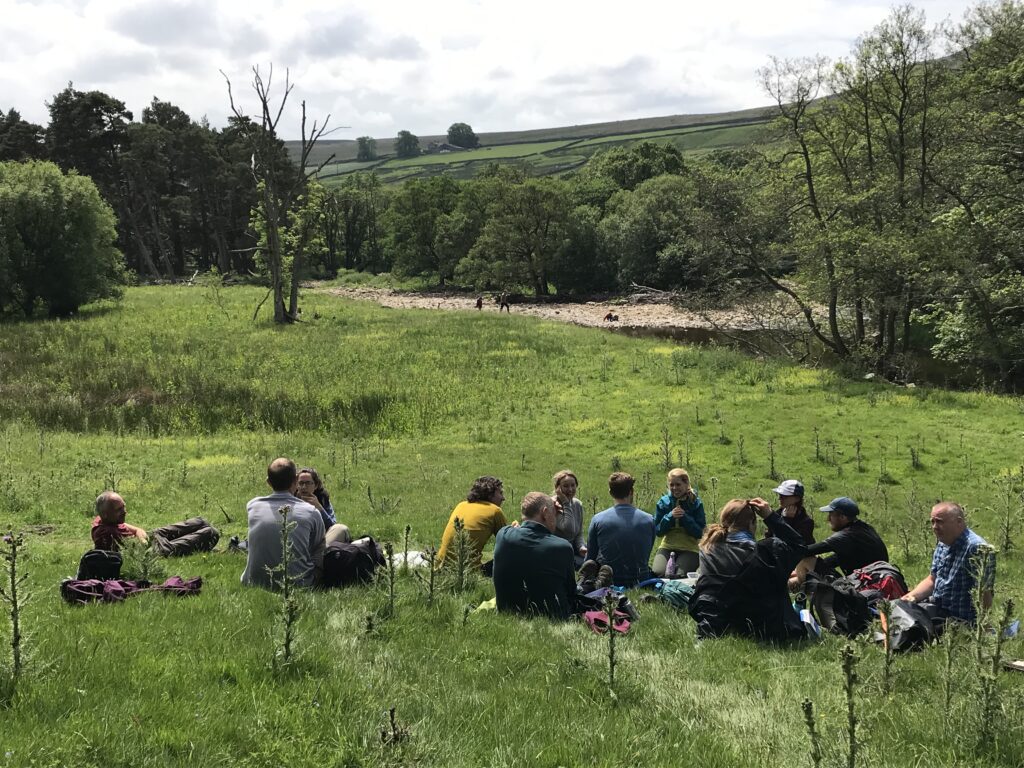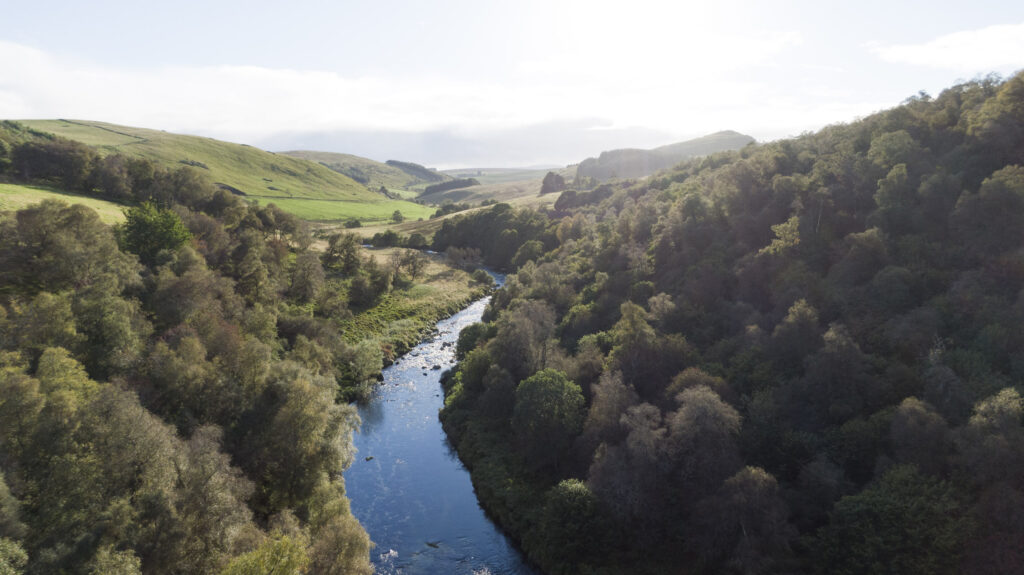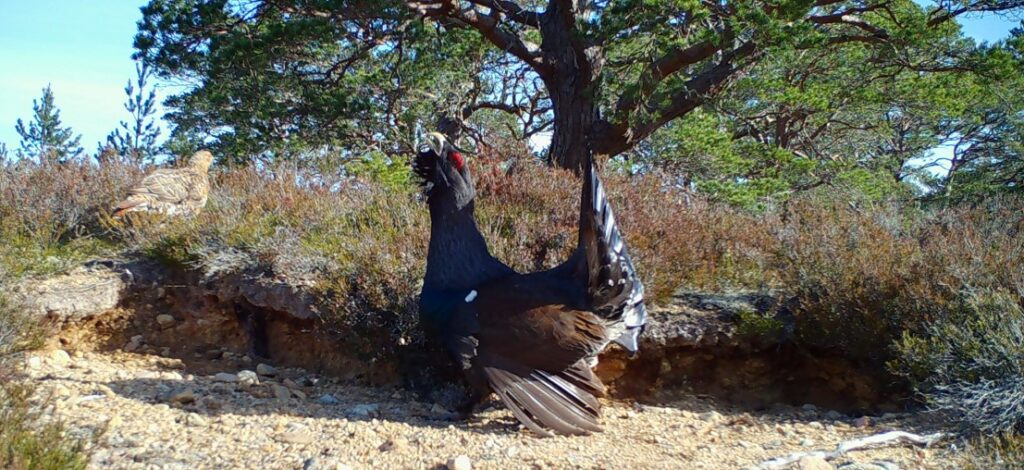
Wildlife news round-up: Rewilding, capercaillie, and more
Peter Ranscombe rounds-up the latest wildlife news from Scotland.
A MIXED picture has emerged from Scotland’s national nature reserves (NNRs) this season, with bird flu decimating great skuas – or bonxies – and gannets at Noss on Shetland, with kittiwake and Arctic terns fairing better.
Terns of all varieties – Arctic, common, little, and sandwich – did well at Forvie in Aberdeenshire, while Manx shearwater and red-throated divers bred in “good numbers” on Rum.
Francesca Osowska, chief executive at NatureScot, the government agency known previously as Scottish Natural Heritage, which manages Scotland’s NNRs, said: “This year has been a challenging one for nature in Scotland, as we saw an unprecedented avian flu outbreak that took a devastating toll on our wild birds, with NatureScot leading the national response to the crisis.
“As we look back on 2022, it’s heartening to hear some more hopeful stories from our NNRs and reflect on the great work staff are doing on the ground for nature and people.”

Four projects in Scotland have each been awarded £15,000 from conservation charity Rewilding Britain’s innovation fund.
The Community of Arran Seabed Trust (COAST) will use its cash to increase its community engagement, while the Knoydart Climate Action Group will run a feasibility study into seagrass restoration.
The other Scottish projects receiving money are the Talla-Hartfell Wild Land Area project, led by the Southern Uplands Partnership, and the Rewilding Ardura Community Forest project, led by Mull & Iona Community Trust.
“We’re delighted to be able to use this latest round of funding to highlight rewilding projects that recognise the tangible benefits rewilding has on both individual mental and physical health, and also the wellbeing of our communities,” said Sara King, Rewilding Britain’s rewilding manager.

Highlands Rewilding, a project that aims to restore more than 2,000 acres across Beldorney estate in Aberdeenshire and Bunloit Estate in Inverness, has raised half of its £500,000 crowdfunding target after only three weeks.
The crowdfunding campaign, which opened at the start of this month, has attracted £271,000 from 239 investors, including 98 based in Scotland.
The fundraising effort will end on 28 February.
Highland Rewilding founder Jeremy Leggett, a former scientific director at Greenpeace, bought the 1,200-acre Bunloit estate near Loch Ness in 2020, following the sale of his firm Solarcentury, which sold solar panels.

Cameras have been dotted throughout 60,000 hectares of the Cairngorms to help spot the illusive capercaillie.
As few as 500 of the wood grouse could be left in the wild in Scotland, prompting studies to understand and conserve the birds.
Jack Bamber – a doctoral student at the University of Aberdeen who’s been funded by Forestry & Land Scotland, Wildland, and the Natural Environment Research Council – captured more than 300,000 images from 90 cameras between April and September, including 3,000 photographs and videos of capercaillies.
Chris Donald, Cairngorms Connect board member and NatureScot head of operations, said: “In the short-term, efficient unintrusive monitoring can help us better understand species at risk, such as capercaillie, and therefore better understand the measures required to save this species from the edge of extinction.”
Read more stories on Scottish Field’s wildlife pages.
Plus, don’t miss Andy Dobson’s article about hen harriers in the January issue of Scottish Field magazine.
TAGS

